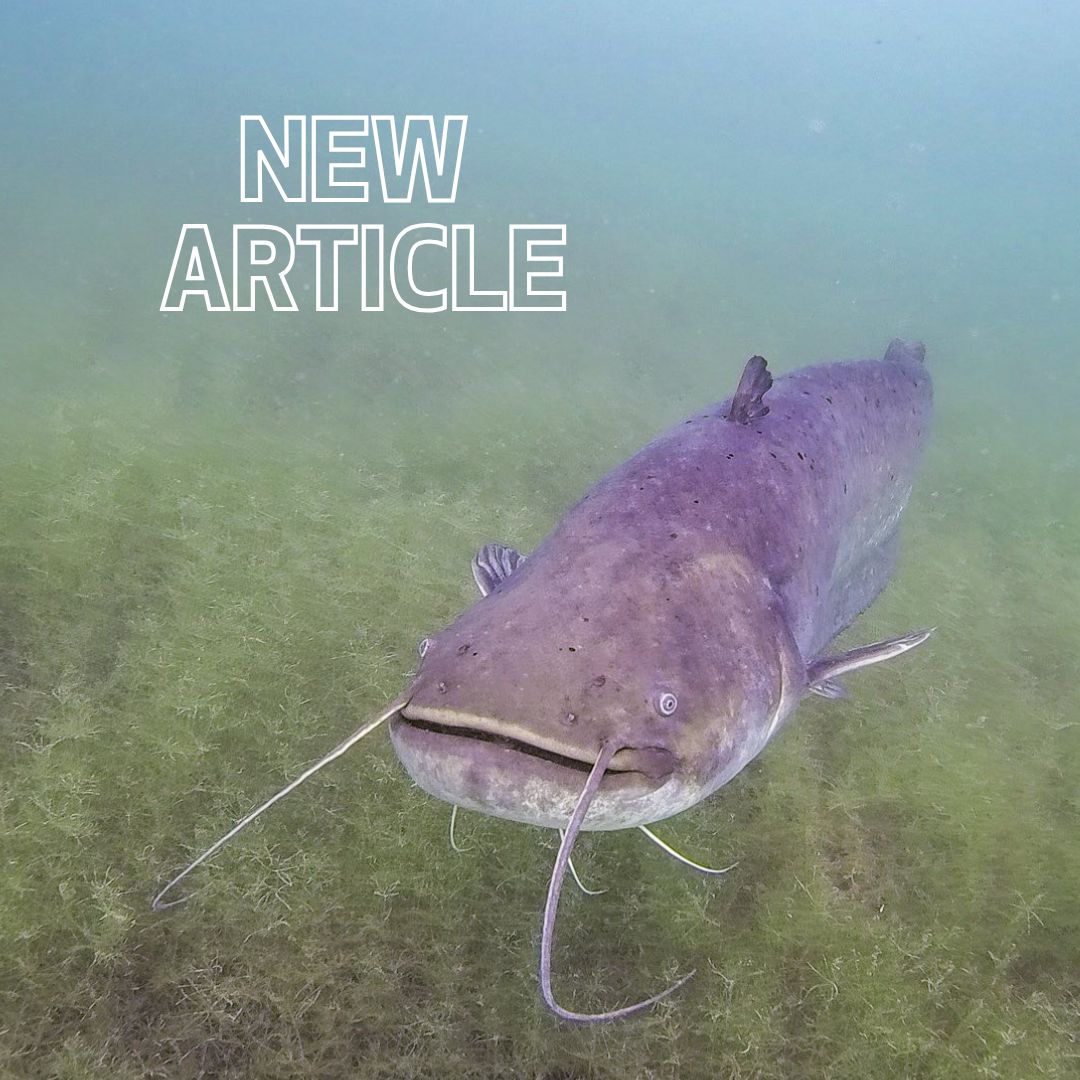DNA reveals hidden threat: catfish endangers native species in Portuguese rivers
A new study led by researchers from MARE-ULisboa/ARNET – Aquatic Research Network, Faculty of Sciences, University of Lisbon (CIÊNCIAS ULisboa) has shown that the European catfish (Silurus glanis), an invasive species already present in the Tagus River, consumes a much greater diversity of prey than previously thought. These include endangered species such as the European eel and shad, raising serious concerns for the conservation of biodiversity in freshwater ecosystems in Portugal. 
The study, published in the Journal of Fish Biology, is the first in Portugal to use DNA metabarcoding of intestinal content and morphological analysis of stomach content to characterize the species' diet. In the lower Tagus, 34 prey species were identified, including native endemic fish and water birds. The results reveal a greater than expected predatory impact, especially during critical periods such as reproduction.
Mafalda Moncada, a researcher at MARE-CIÊNCIAS ULisboa/ARNET and first author of the article, emphasizes: "The catfish consumes a large number of native species in the Tagus, including some that are threatened. This information is essential for assessing the impact of this invasive species and supporting the definition of more effective management measures."
Native to Eastern Europe and introduced to the Iberian Peninsula in 1974, the catfish is now the largest freshwater fish in Europe, reaching almost 2.7 meters in length and weighing up to 130 kilograms. Its presence in Portugal was confirmed in 2014 in the Tagus River. As a top predator and generalist feeder, it exerts strong pressure on native fauna and alters the ecological balance of ecosystems.
The researchers argue that this information should be disseminated to local communities, particularly fishermen, as a way of preventing further introductions. Intensifying fishing, especially in spring and in dam areas, is suggested as one possible strategy for reducing predatory pressure.
The study is the result of a collaboration between MARE/ARNET, cE3c – Centre for Ecology, Evolution and Environmental/Change, and the Santarém School of Agriculture (Santarém Polytechnic Institute), among other partners, and was funded by the Foundation for Science and Technology (FCT) through projects awarded to MARE/ARNET and the MEGAPREDATOR project, and co-funded by the LIFE Nature & Biodiversity program.
Text by Vera Sequeira
Photograph by Andrea Corbu
